The importance of accessing community rehabilitation after a stroke
21 Jul 2021 Stroke supportTam Hong Ching talks with the National Stroke Association of Malaysia (NASAM) about surviving a stroke at 31 and his rehabilitation and recovery.
Tam Hong Ching talks with the National Stroke Association of Malaysia (NASAM) about surviving a stroke at 31 and his rehabilitation and recovery.
I was 31 at that time (of my stroke) and was earning a living as a taxi driver. I know what you are thinking: “Gosh! How can he have a stroke? He is so young.” But let me share how I was living my life at that time. I was working 12 hours a day without a break. I was not a smoker, nor did I have a habit of drinking alcohol. I did, however, have high blood pressure and was not following my doctor’s instructions diligently with regard to my medications.
One day, after five months of this hectic driving schedule, I felt a sudden, sharp pain across the right side of my head. I ignored it, hopped into my car and started work. The pain got worse but I didn’t stop to seek medical treatment. Instead, I put it down to one of my usual migraine attacks. As the day continued the pain became really unbearable and disturbing. The customer who had booked me for this ride suggested I stop the car and have a rest. By then I could not concentrate on my driving, but thinking I would feel better soon I chose not to listen to him. All that I could think of was taking him safely to his destination. Suddenly my left arm dropped onto my lap. I could not lift it up. At this point I had no choice but to stop and allow the customer to find another driver.
I rested in the car for a few minutes. The pain in my head increased but I was more concerned for my customer because I could not deliver him to his destination. I decided to get out of the car to apologise to him. As I did, I felt my left leg go weak and so tried to limp towards him, but after a few steps I fell and lost consciousness on the road. While I was unconscious, I lost my personal belongings, fortunately, somebody called the police and an ambulance. I was rushed to the ICU ward.
I remained in hospital for eight days, during which time my family and friends rallied around me. Two weeks after leaving the hospital, I joined NASAM in Johor. I limped into the centre with my brother’s help, as my gait was very poor due to weakness and stiffness in my left limbs. My physiotherapist Ashley did an assessment, tested my motor movements and also discussed my goals for rehabilitation and recovery. She also shared useful information about stroke and encouraged me to do exercises at home.
I began with one-on-one therapy, but after three sessions I was put into a group as it was felt that I needed more social support. Exercising daily with other stroke survivors was fun and motivational. My therapist also customised some exercises for me to practice on my own.
After one month I could walk independently on the treadmill and with increased speeds. My balance also improved remarkably. Four months after my stroke I could use the skipping rope as I was able to coordinate my upper and lower limb movements. Soon I regained my confidence. I also started to focus on re-training as a driver, under strict supervision, so I could return to work. Only after weeks of dedicated practise was I allowed to drive independently. Initially, I started by working shorter hours, and these days my shifts are longer, but I make sure I have ample rest.
In October 2019, I joined the NASAM Stroke Games. My therapist encouraged me to participate in the 300-metre run for which I won a silver medal. I was proud of myself and continued to be inspired during the event, by fellow stroke survivors from all around Malaysia. Today at 33, I am truly grateful to have a life. I fought hard to recover, regain my independence and to return to work. It feels good to be a champion!
This blog is adapted from the article ‘A Stroke at 31’ by Tam Hong Ching published in the National Stroke Association of Malaysia’s Stroke News – May 2021
For more information on NASAM visit: https://www.nasam.org/
Photo credit: National Stroke Association of Malaysia
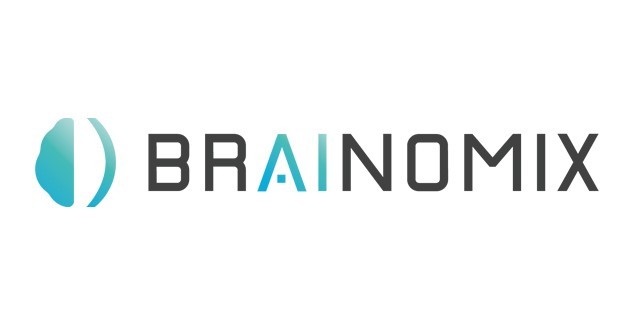 Corporate Supporters
Corporate Supporters
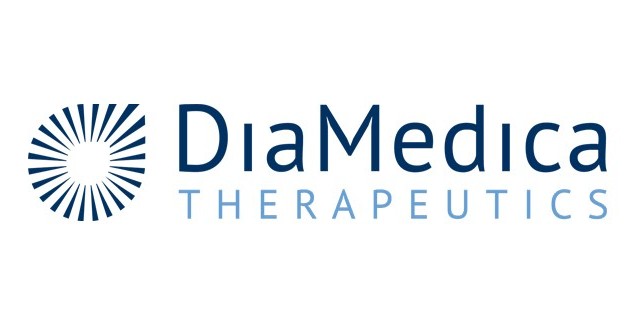 Corporate Supporters
Corporate Supporters
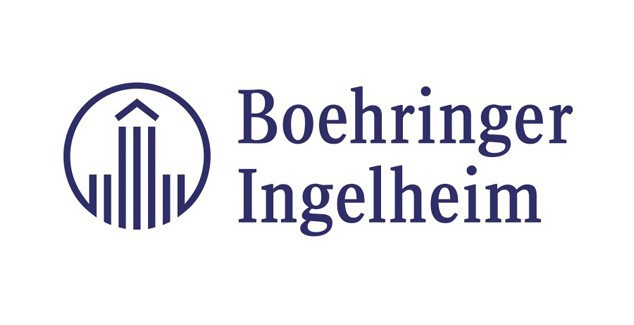 Platinum Plus
Platinum Plus
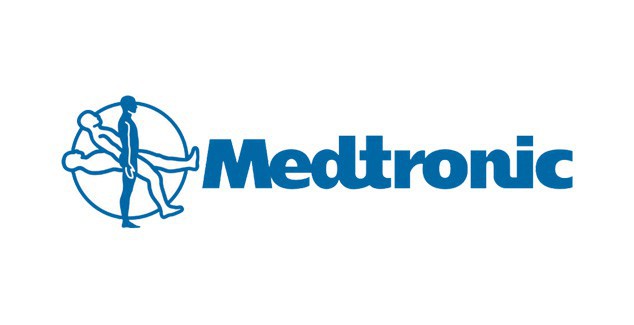 Platinum Plus
Platinum Plus
 Bronze
Bronze
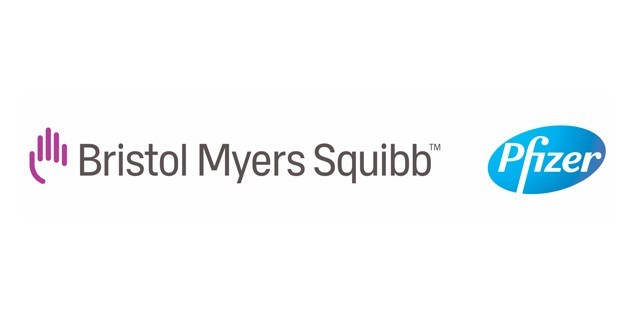 Silver
Silver
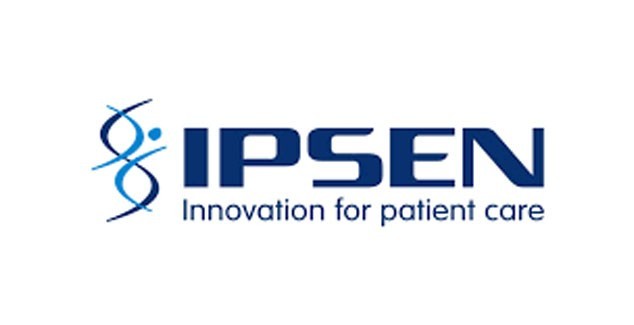 Gold
Gold
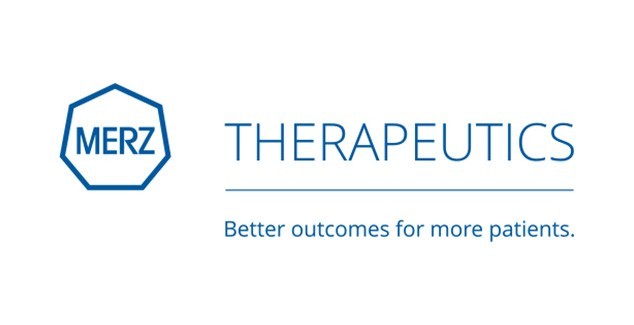 Silver
Silver
 Silver
Silver
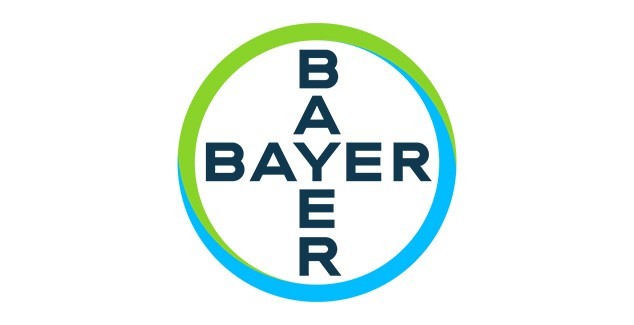 Bronze
Bronze
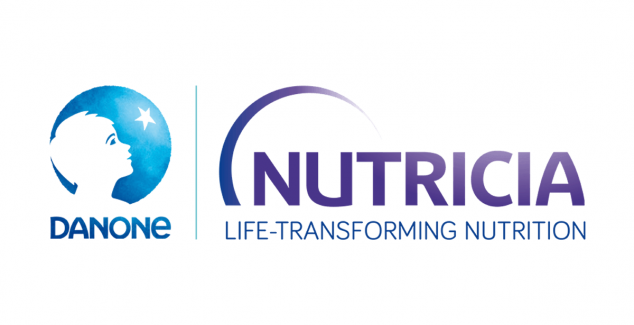 Bronze
Bronze
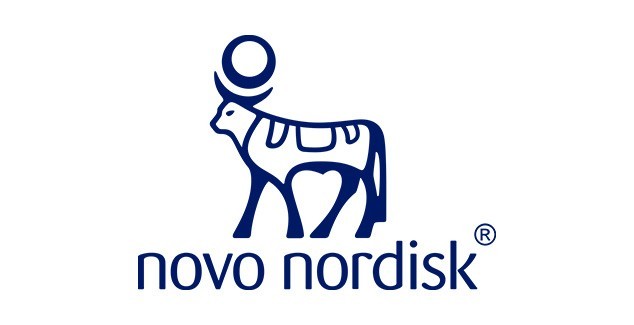 Bronze
Bronze
 Bronze
Bronze
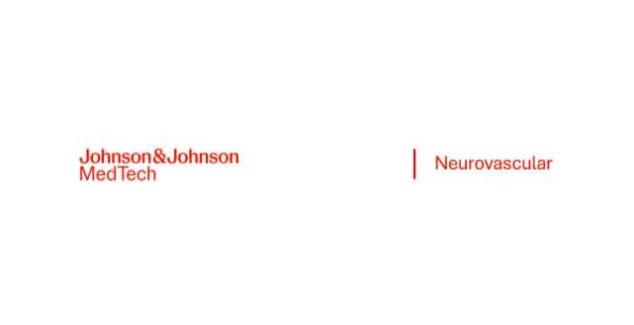 Silver
Silver